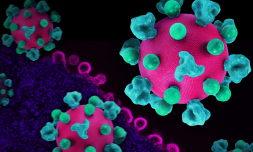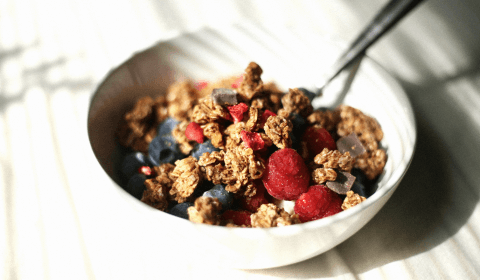A new study has found that human brains contain high levels of microplastics that are increasing over time. It has higher concentrations of the material than any other organ.
The human brain contains higher concentrations of microplastics than other organs, according to a study published Monday in the journal Nature Medicine by the University of New Mexico Health Sciences.
The new research found that microplastics in human brains have increased a staggering 50% over the past eight years. Those with dementia had up to 10x as much plastic in their brains than people without the condition.
Microplastics have been causing concern for several years. As more work is done to understand their harmful effects on our bodies, mounting evidence suggests that more microplastic is finding its way into our organs permanently every year.
Tiny fragments of degraded polymers enter our systems through oil, water and soil. This increase in microplastic contamination levels coincides with the rising levels of plastic waste on our planet.
How did the University of New Mexico Health Sciences record and analyse this data? The study compared liver, kidney and brain tissue samples from autopsies conducted in 2016 and 2024. ‘Substantially higher concentrations’ of microplastic were found in the 2024 brain tissue.
However, while scientists still don’t know how microplastic finds its way into the brain, the micro and nanoplastics found measure 200 nanometres or less, which is only marginally bigger than viruses. This would mean that microplastics are small enough to cross the blood-brain barrier.
12 different polymers were detected, with the most common being polyethylene. This is widely used for packing and containers, including bottles and cups.
One of the lead researchers on the study, Matthew Campen, suspects that most microplastic finds its way into the body via food – especially meat.
‘The way we irrigate fields with plastic-contaminated water, we postulate that the plastics build up there,’ he said. ‘We feed those crops to our livestock. We take the manure and put it back on the field, so there may be a sort of feed-forward biomagnification.’




















